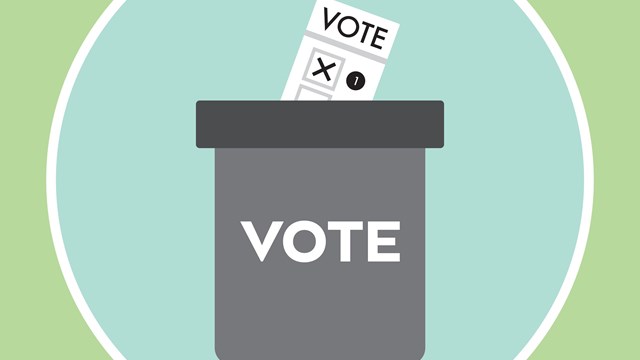Members of a condominium or co-op homeowners’ association (HOA) have a fiduciary responsibility to manage their community’s funds wisely, and to protect the financial interests of all owner/shareholders. Breaching this duty carries the real probability of penalties and legal action against the HOA, and potentially against individual board members themselves.
Despite the gravity of this responsibility, many HOA boards rely solely on the numbers on their financial statements to measure and define their success. What they don’t realize is that even more valuable information can be uncovered through the audit process – including hidden risks and cost-savings opportunities – that can help them uphold their fiduciary role.
Before, during and after the audit, it’s important to know what steps to take to get the most out of the numbers on a financial statement. Here are some useful tips:
Choose the Right Financial Statement
Most HOAs accept the standard U.S. Financial Accounting Standards Board’s Generally Acepted Accounting Principles (GAAP) financial statements without a question. After all, it is the most commonly used basis for the presentation of financial statements, offering detailed view of a company’s financial conditions. Aside from publicly traded companies and certain highly regulated industries however, organizations typically do have a choice in which type of financial statements they receive from their CPA at the end of an audit.
Depending on the financing and lending needs of the HOA, a special purpose financial statement may be more appropriate than U.S. GAAP. Generally speaking, special purpose financial statements are easier to understand and are more comparable to the corporation’s income tax return.
In most cases, banks will readily accept special purpose - income tax basis financial statements to fulfill lending requirements. Discussions should be held with lenders prior to completing the refinancing or loan documentation to understand what is expected.
Generate Useful Data
Regardless of the type of financial statements used, taking data at face value alone often does not realize its full value. By digging a little deeper, the numbers can yield even greater insights, assurances and protection for the HOA.
For example, the fixed asset report, which is finalized during the audit, should be carefully examined to identify concerns such as vendor overcharging and excessive change orders.
The audit should also be a catalyst for analyzing your HOA’s spending. A revenue and expense analysis and other substantive tests can help the association compare their expected expenses to their actual budgets, previous years’ numbers, averages and industry trends.
Supplementary information appended to the financial statements provides shareholder basis per share, which can provide meaningful information to shareholders during the sale of their residences.
Assess Internal Controls
A comprehensive audit of an HOA should include an understanding of the management agent’s internal controls system. During this process, the auditor should assess the agent’s operational procedures and the design of their internal controls over financial reporting.
“Internal controls over financial reporting” refers to procedures within a company that are designed to ensure compliance with the company’s policies on financial reporting. Assessing these controls routinely will help the HOA determine if there are any flaws in their internal control system that could result in a material misstatement in the company’s financial statements. Red flags to look for include inadequate segregation of duties, and the inability to reconcile significant account balances.
HOAs can avoid surprises—and potential liability risks—at the end of the audit by proactively working with their auditors to evaluate the management office’s internal control environment.
Uncover Additional Income
Even after the issuance of the HOA financial statements, your CPA can continue to probe deeper into the numbers to explore issues that may benefit the long-term health and sustainability of your association.
Going through an annual audit may lead to the discovery of additional sources of revenue for the corporation. Transfer fees, for example, provide a cash stream from former shareholders, and can help to sustain a corporation’s financial future. These funds can be transferred to a reserve fund and used to make future improvements to the property – which adds equity for shareholders in the process.
Other untapped revenue streams that can be uncovered include alteration fees and move in/move out fees, among others.
Detect Fraud & Tax Savings Opportunities
Another major area of post-audit activity should include the detection of potential or committed fraud. The HOA’s CPA is a valuable asset in using the data and internal control assessments to help you identify and mitigate risks posed by fraudulent behavior.
When looking beyond the numbers on your financial statements, a CPA specializing in real estate can also evaluate opportunities to work with a certiorari attorney to get real estate taxes lowered.
Next time your HOA is preparing for an audit, focus your sights on a broader target. Your financial statements are not the end of the audit process. In fact, they should be just the start of a year-round checks-and-balances system that leaves you with meaningful data, minimum risk, and zero surprises at audit time.
Neil Sonenberg and Darya Shneyder are CPAs, and Partner and Senior Manager, respectively, with Marks Paneth LLP, an accounting, auditing, tax, and advisory firm based in New York City.










Comments
Leave a Comment